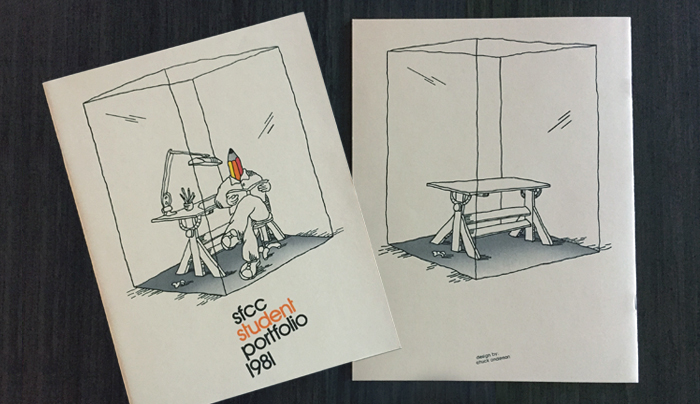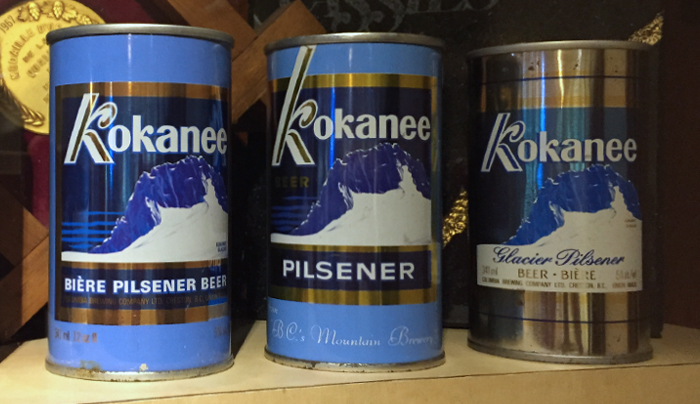“The world into which I was born no longer exists, of course.” Thus begins a thoughtful essay by author Claire Messud in the August 2015 issue of Harper’s. Frightful words indeed, considering that she and I are roughly the same age.
Messud is talking about the stark differences between her and her children’s generations—and the “monolithic” world we live in today:
Now that the very understanding of experience is communal, there’s less leeway for idiosyncrasy, less patience for indirection. These days, if you can’t share a thought—either because it’s hard to articulate or because it would take more words than a tweet or a text will allow—you might as well skip it.
Messud’s essay is no curmudgeonly cri de coeur against technology, however. It’s a desire to “show the wisdom of restraint.” After all, she concludes, “if you attend thoughtfully to what you already have, you need nothing more.”
posted by: Aaron Bragg | category: random thoughts | make a comment







